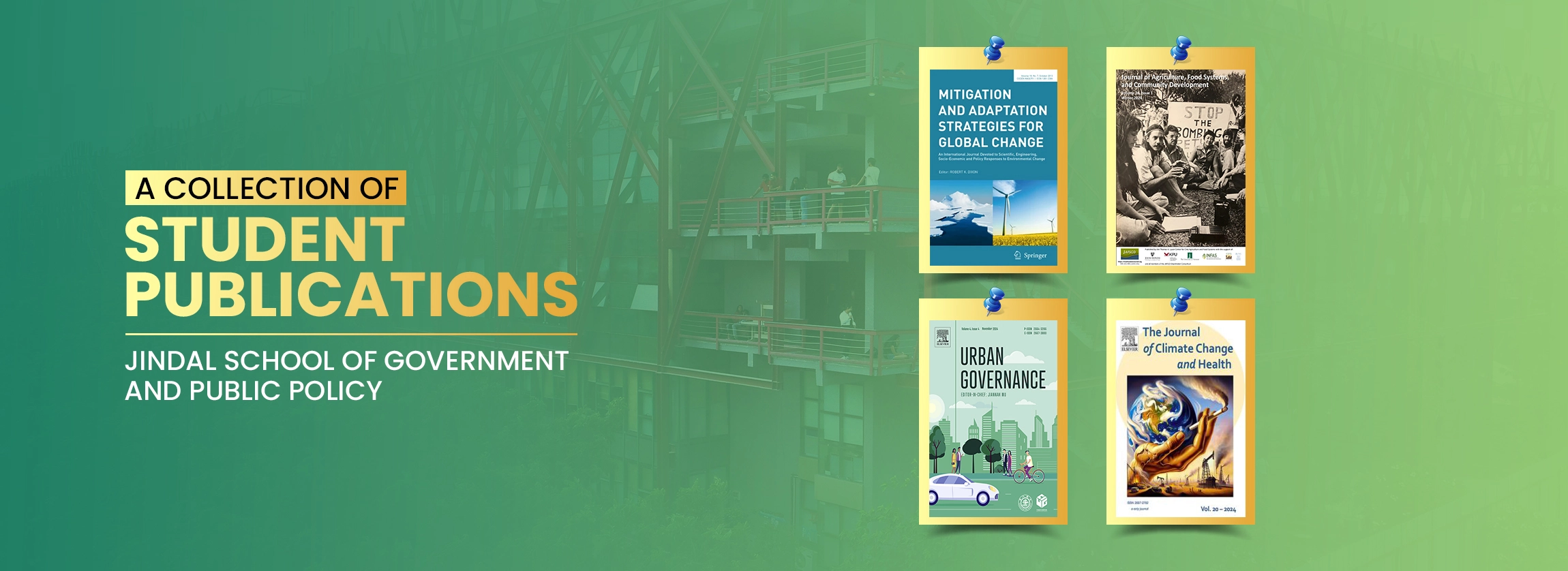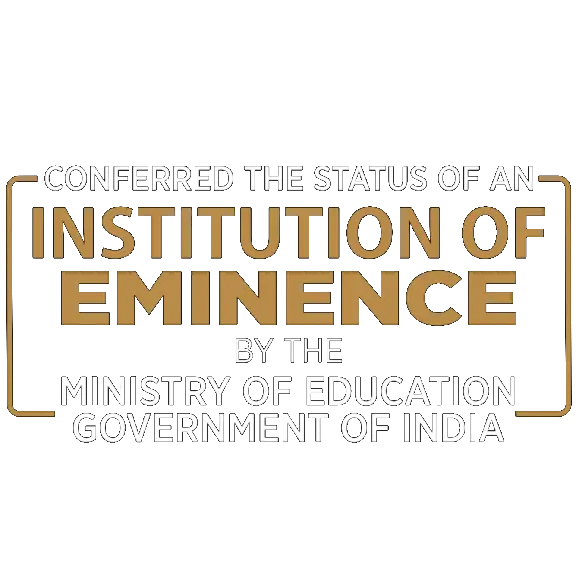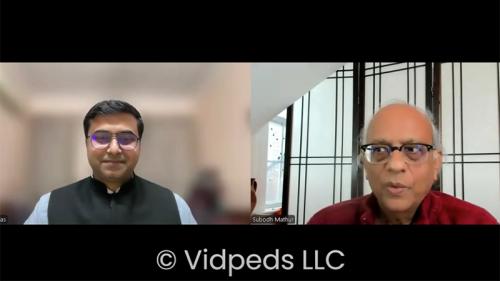Why Choose Jindal School of Government and Public Policy (JSGP)?
The Jindal School of Government and Public Policy (JSGP) is dedicated to reinforcing research and application of governance and public policy in India and across the globe. Being an Institution of Eminence, JSGP provides a vibrant atmosphere that encourages critical thinking, multidisciplinary education, and hands-on involvement with actual issues. JSGP distinguishes itself in this way:
-
Interdisciplinary Approach: Our programmes combine knowledge from economics, political science, sociology, and law to offer a holistic perspective of public policy concerns.
-
Distinguished Faculty: Learn from seasoned academics and professionals who bring a lot of knowledge and practical experience into the classroom.
-
Global Exposure: JGU's wide international network of highly ranked universities and organisations provides opportunities for worldwide study and education.
-
Research Excellence: Participate in innovative research tackling urgent policy and governance issues.
Programmes & Courses Offered at JSGP
JSGP provides a varied spectrum of programmes meant to provide students the tools and knowledge required to succeed in public policy and governance. We provide:
-
B.A. (Hons.)/B.Sc. (Hons.) in Economics: Economic theory, quantitative techniques, and the application of economics to policy concerns are all well covered in this undergraduate degree. Graduates are well-prepared for several job opportunities in both the public and commercial sectors.
-
Master's in Public Policy (MPP): Our MPP degree is an interdisciplinary programme that equips students to negotiate difficult policy situations, create efficient solutions, and spearhead change projects. Many consider it among the best public policy courses in India.
-
Ph.D. in Public Policy: Our doctoral programme provides the chance to add innovative ideas to the field of public policy for individuals wishing to do advanced research.
Every programme guarantees that our graduates are equipped to handle modern policy issues by combining theoretical knowledge with practical application.
Admissions Process & Eligibility
Embarking on your scholastic career with JSGP is a straightforward process. You may apply as follows:
-
Choose Your Programme: Choose from our Ph.D. programmes, the MPP degree, or the Bachelor of Arts/Bachelor of Science Economics Honours.
-
Check Eligibility:
-
Undergraduate Programmes: Applicants should have finished their 10+2 education with a good academic record.
-
Postgraduate Programmes: A bachelor's degree in any field with a minimum percentage is required.
-
Doctoral Programmes: A master's degree in a relevant discipline with established research capabilities.
After completing their application, candidates should, if they have them, send along letters of recommendation. Along with those candidates are also required to send their academic transcripts and a statement of intent.
Campus Life at JSGP
Vibrant and fulfilling, JSGP life provides several possibilities outside of academics:
-
Student Clubs and Societies: Participate in several interest-based clubs that promote networking and personal development.
-
Workshops and Seminars: Attend activities improving knowledge and offering industry insights under workshops and seminars.
-
Community Engagement: Participate in projects that benefit society to be active in community involvement.
Our campus atmosphere promotes whole growth, guaranteeing that graduates are well-rounded people prepared to significantly contribute to society.
Internships & Career Opportunities
JSGP is dedicated to making sure pupils go from academic to professional life seamlessly. Our students get practical knowledge through the following:
-
Internship Opportunities: Partnerships with international organisations, think tanks, and government bodies.
-
Office of Career Services: A committed career services department linking students to recruiters around the globe
-
Research Assistantships: Research assistantships are chances to collaborate with professors on policy research initiatives.
Frequently Asked Questions About JSGP
Is JSGP accredited?
Yes, JSGP is part of O.P. Jindal Global University, which has been recognised as an Institution of Eminence by the Government of India. Our programmes are designed to meet the highest academic and professional standards.
What programmes does JSGP offer?
JSGP offers:
-
Bachelor of Arts/Science (Honours) in Economics
-
Bachelor of Arts in Philosophy, Politics and Economics (PPE)
-
Master's in Public Policy (MPP)
-
Ph.D. in Public Policy
How can I apply for admission at JSGP?
To apply, visit our website, fill out the application form, submit the necessary documents, and follow the admission process outlined above.
What scholarships does JSGP offer?
We offer merit-based, need-based, and special scholarships to support students in achieving their academic goals.
What is the cost of studying at JSGP?
The tuition fees vary by programme. Financial aid and scholarships are available to eligible students to make education more accessible.
How is student life at JSGP?
Student life at JSGP is vibrant, with numerous academic, cultural, and social activities that create a well-rounded learning experience.
Choosing JSGP means you are choosing one of the best universities for economics and public policy in India, known for its cutting-edge research and global curriculum. Through our courses, you will be armed with the tools and knowledge to influence the future of governance and policy.



















































